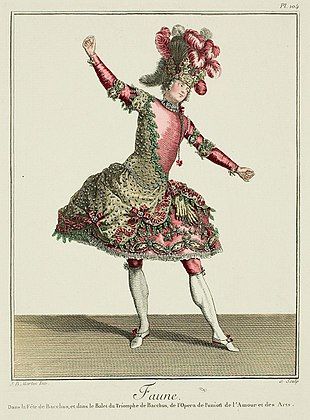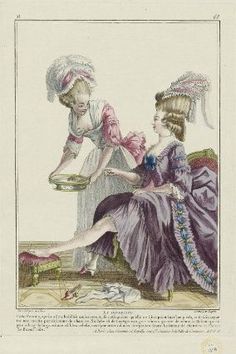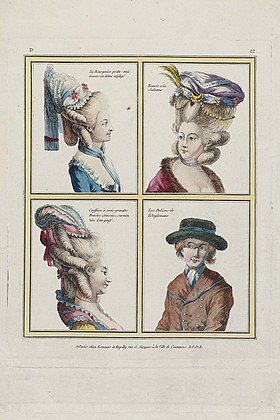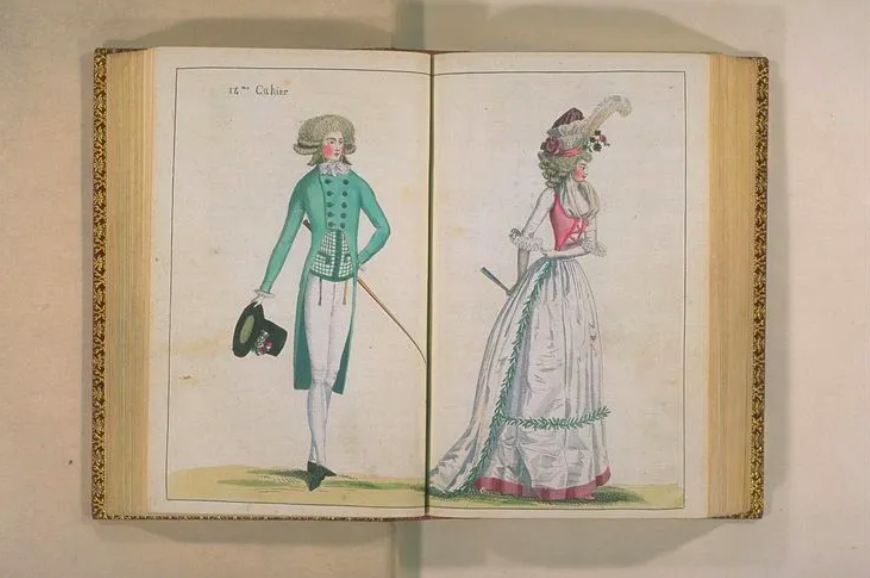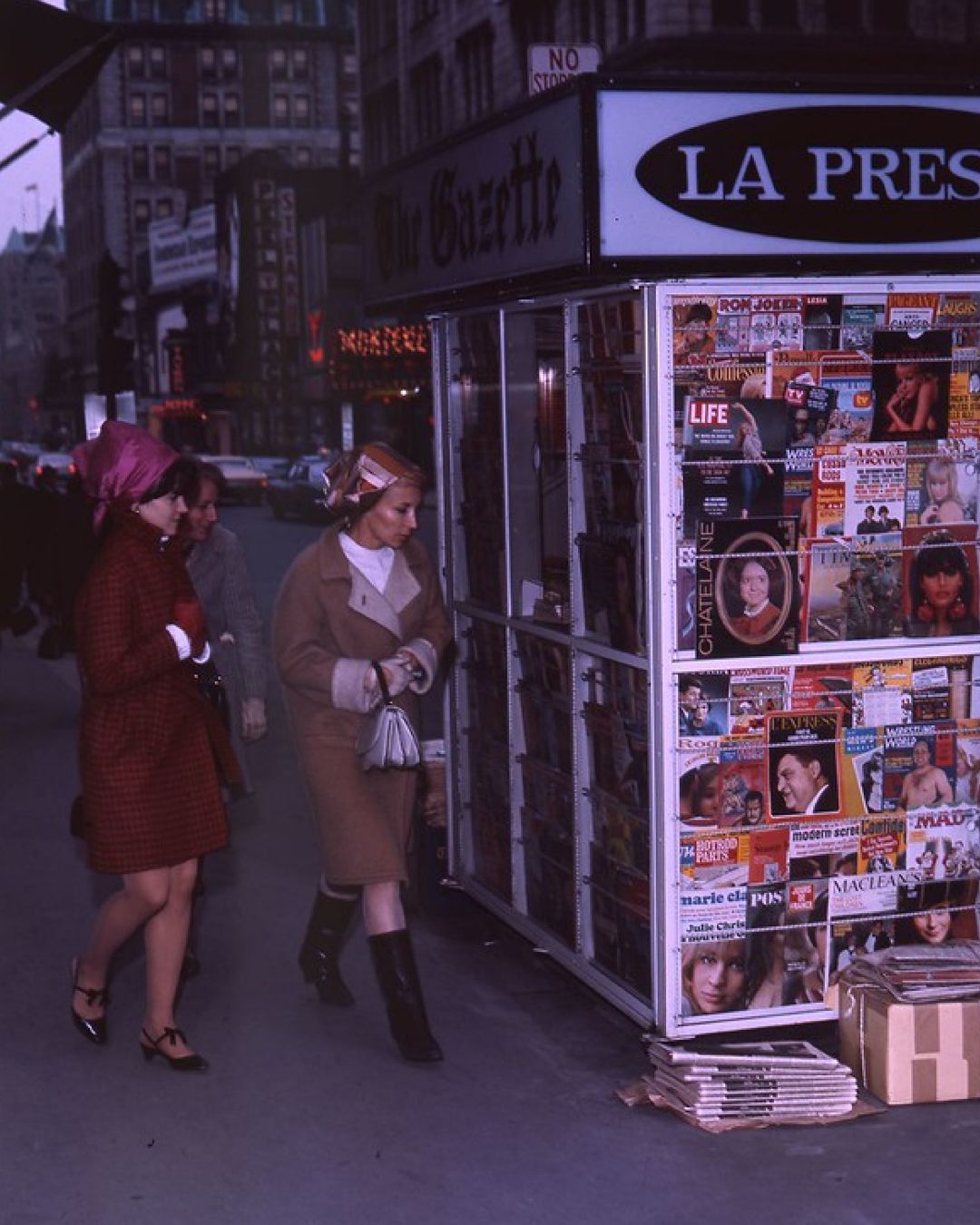
The subtle art of conservation by archive magazine bookshops Discovering Paris' hidden fashion archives

Vogue, Cosmopolitan, Vanity Fair, Harper’s Bazaar: these are well-known names among fashion enthusiasts, featuring a mix of campaigns from top fashion houses, interviews with cultural figures, and advice articles to help readers become the ultimate cool girl. Most fashion magazines are published monthly and offer new content each month, aiming to be the media kings with exclusive stories and innovative subjects. In 2024, magazines are firmly embedded in popular culture, thanks to decades of experience and thousands of issues that have contributed to their storied history. This history spans eras—from the Roaring Twenties with their fringe dresses to the 90s revolutionized by runway shows and supermodels like Claudia Schiffer, Naomi Campbell, and Linda Evangelista, who have graced countless covers. These issues are now collector’s items, treasured pieces of fashion history to be preserved. Some have even made it their profession to protect these treasures by opening archive magazine bookstores, allowing nostalgic older generations and curious newer ones to learn more about fashion's memories through these journalistic gems.
While the first edition of Vogue was published in December 1892 in New York and later arrived in France in 1920, it is certainly not the very first fashion magazine. Before the press took over, les poupées de mode, dressed in miniature versions of the designs, served as advertisements for fashion houses. In 1672, Le Mercure galant was published, the first French magazine, featuring illustrations alongside its articles. But for fashion, it all started in the 18th century. The first form of modern advertising in the sector was through La galerie des modes, a series of booklets featuring prints of the latest fashions, which later became La galerie des modes et des costumes français. Besides offering insights into the latest trends in France, it also provided “tutorials” on proper manners to make a good impression in society. French fashion journals, relying initially on illustrations and later photography, spread Parisian taste across Europe and America, giving French fashion invaluable visibility across the Atlantic and establishing Paris as the epicenter of fashion.
And Paris is exactly where we are traveling to today, in search of these archive magazines and their hidden secrets. Our first stop is at La Galcante, a blend of gallery and flea market, which is the largest collection of antique press in Europe. Nestled in a small street in the Halles district, this institution is a true press museum, containing over 7 million copies of various newspapers, magazines, and catalogs dating back to the French Ancien Régime of the 15th century, mostly collected or purchased from private individuals. A great substitute for the now-closed Les archives de la presse, once a small oasis for enthusiasts of old and rare magazine editions, which unfortunately had to close its doors due to the internet era impacting its popularity.
Another small paradise where you can buy or simply browse collector’s magazines and unique fashion documents such as invitations to fashion shows, lookbooks, and even old-school video tapes is Ephemera. A true fashion enthusiast, the owner knows his field inside out and makes his shop a true homage to fashion and its past, in all of its forms. Although archive magazines are still a passion pursued by a relatively small number of experts, seeing long-established institutions like La Galcante continue to thrive in the age of Tag Walk and Vogue runway, alongside new stores like Ephemera emerging in 2024, is a glimmer of hope for those who love both fashion and paper. Perhaps they will inspire other fashionistas in their spare time to start their own collections and lead to more bookstores of this kind in the near future.











































